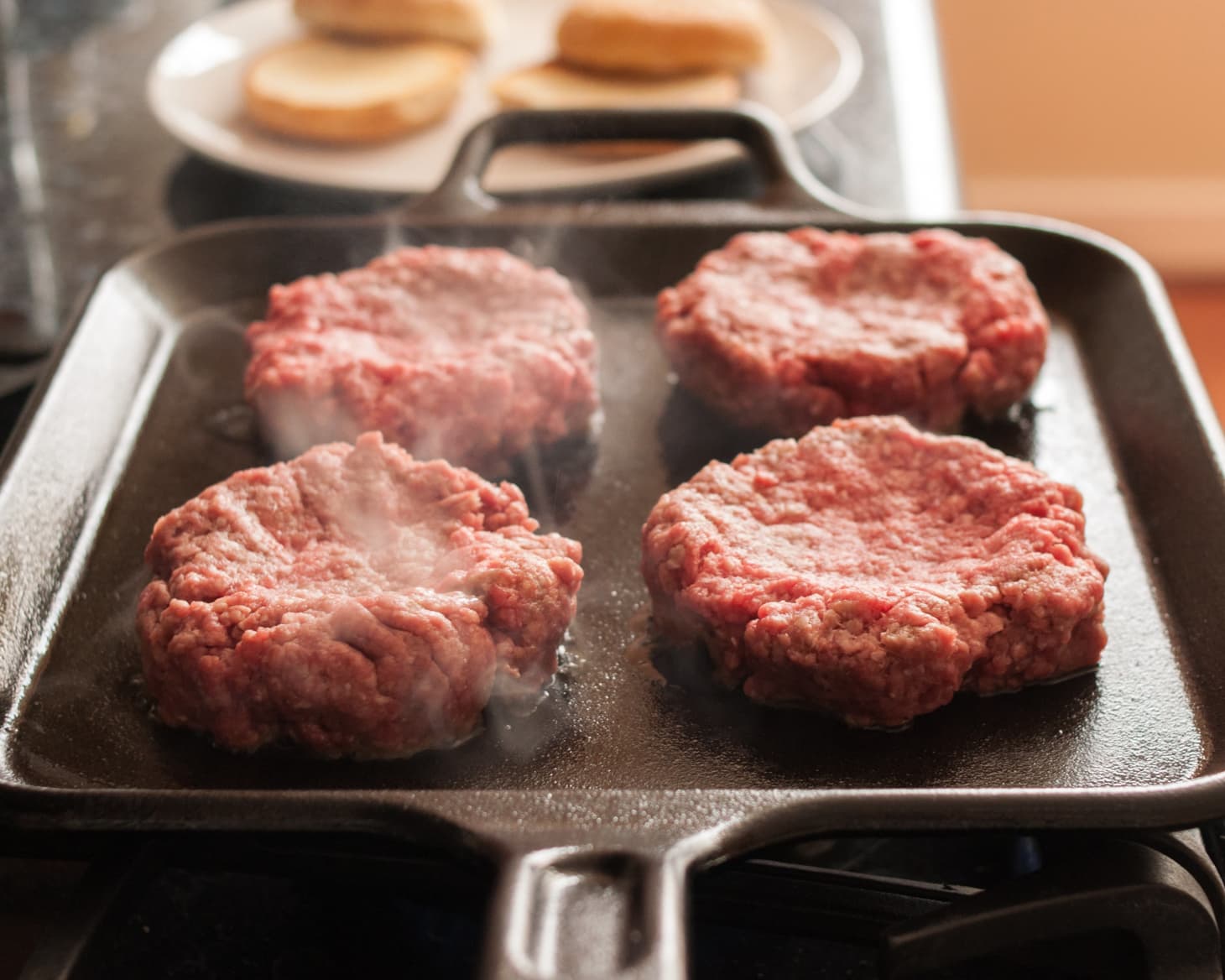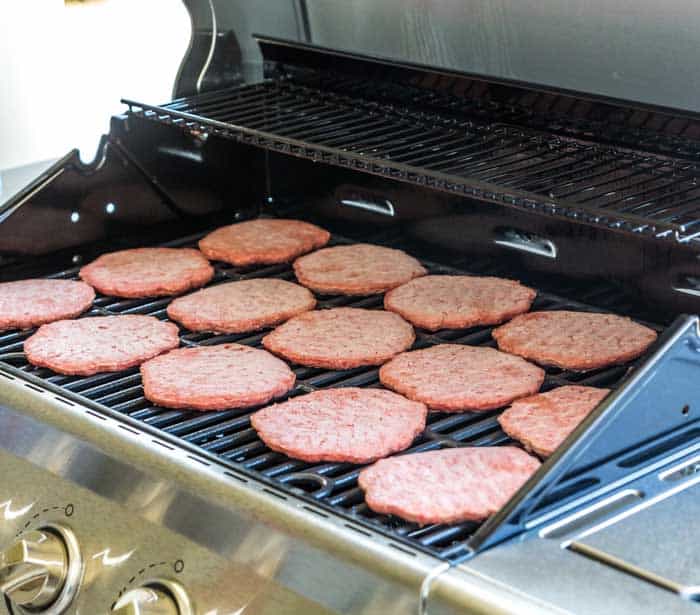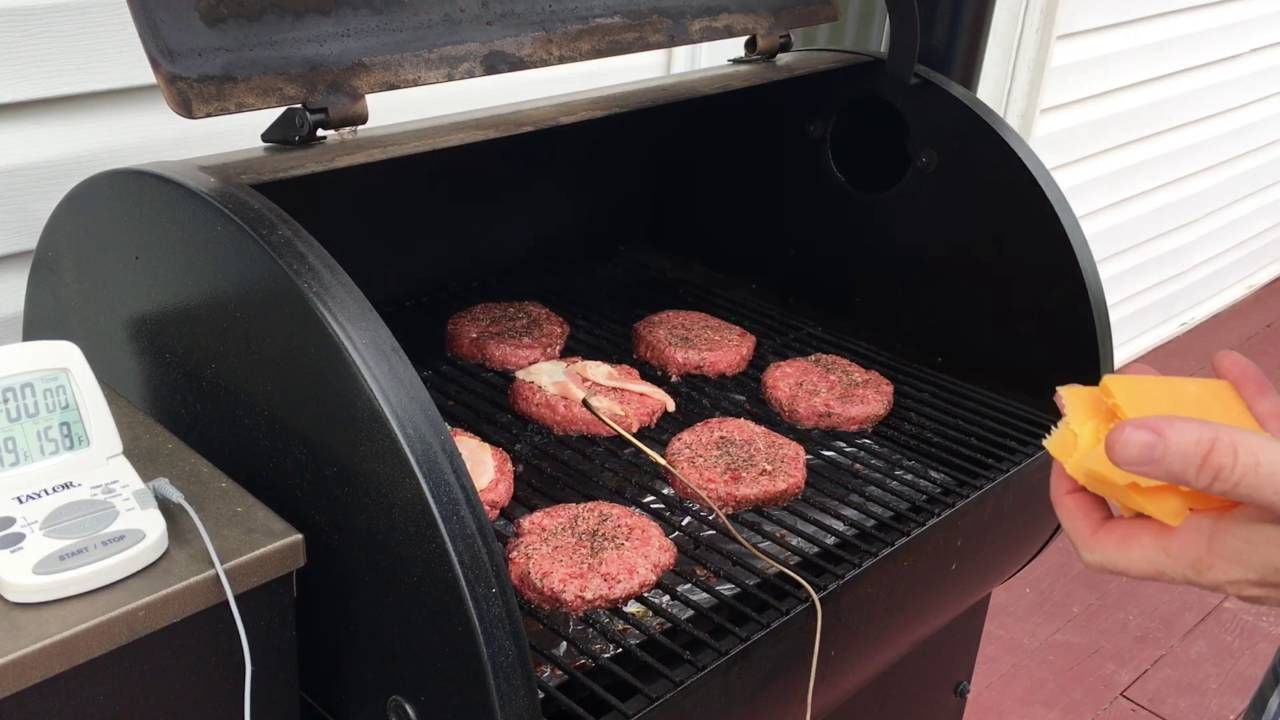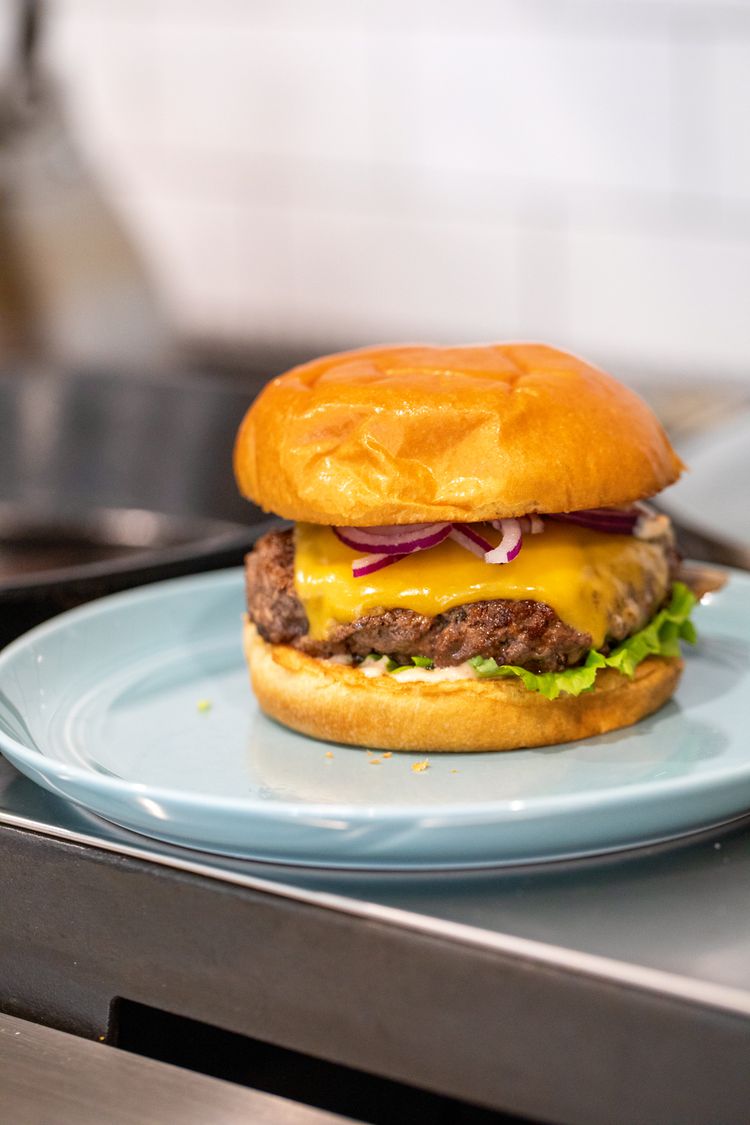Perfectly Cooked Burgers on the Stove: A Step-by-Step Guide
I. Introduction

Cooking burgers on the stovetop is not only convenient, but it also allows for the creation of delicious, juicy burgers that can satisfy any meat lover’s cravings. In this blog post, we will explore the ideal cooking time for a perfectly cooked stovetop burger. So, let’s dive in!
II. Preparing the Burger Patty
A. Choosing the Right Ground Meat
The foundation of a delicious burger starts with selecting the right ground meat. When picking ground meat, you want to consider the fat content and flavor you desire. Ground beef is a popular choice for burgers, and its fat content contributes to the juiciness and flavor. However, you can also experiment with ground turkey, chicken, or even a blend of different meats for a unique taste.
Options for customization and seasoning are also important to consider. You can enhance the flavor of your burger patty by mixing in seasonings like salt, pepper, garlic powder, or Worcestershire sauce. Don’t be afraid to get creative and add different herbs and spices to suit your personal taste.
B. Shaping and Preparing the Patty

Once you have the ground meat, it’s time to shape and prepare the patty. Hand-shaping the patty allows you to create a burger of your desired thickness and size. Start by dividing the ground meat into portions, depending on how many burgers you want to make. With a light touch, gently form each portion into a round patty.
To ensure even cooking and to avoid burger shrinkage, there are a few tips you should keep in mind. Firstly, avoid overhandling the meat while shaping the patty, as this can compress the meat too much and result in a dense burger. Secondly, make a slight indentation in the center of each patty with your thumb. This indentation helps the burger cook more evenly and prevents it from puffing up in the center.
III. Cooking the Burger on the Stove
A. Preheating the Pan

Preheating the pan is essential when cooking burgers on the stove. It allows for crust development, which adds delicious flavor and texture to the burger. Preheating also helps prevent the patty from sticking to the pan.
When it comes to suitable cookware options for stovetop burger cooking, a cast-iron skillet or a heavy-bottomed stainless steel pan are great choices. These types of pans conduct heat evenly and retain it well, resulting in a perfectly cooked burger.
To preheat the pan, place it on the stove over medium-high heat for a few minutes. You can test if the pan is hot enough by sprinkling a few drops of water on the surface. If the water evaporates immediately, the pan is ready for cooking.
B. Oil and Seasoning
To ensure a non-stick surface and add extra flavor to the burger, it’s important to apply oil to the preheated pan. You can use vegetable oil, canola oil, or even olive oil. Drizzle a small amount of oil onto the pan and spread it evenly using a spatula or a brush.
Seasoning the patty with salt, pepper, and other desired spices is also crucial for enhancing the taste of the burger. Sprinkle the seasonings on both sides of the patty, making sure to evenly coat it.
C. Cooking Time and Temperature

Medium-Rare Burger For a medium-rare burger, the ideal cooking temperature is around 130-135°F (54-57°C). This usually takes about 3-4 minutes per side, depending on the thickness of the patty. However, it’s essential to use a meat thermometer to accurately determine the internal temperature of the burger.
To achieve the perfect medium-rare doneness, you can rely on visual cues and the touch test. The patty should have a slightly pink center, and when pressed gently with a spatula, it should spring back with a little resistance.
Medium Burger If you prefer a medium burger, the recommended cooking temperature is approximately 140-145°F (60-63°C). This requires cooking the patty for around 4-5 minutes per side.
To ensure a juicy and flavorful medium burger, you can employ a few strategies. Firstly, avoid pressing the patty down with a spatula while it’s cooking, as this can squeeze out the juices. Secondly, you can melt a slice of cheese on top of the patty during the last minute of cooking, adding extra moisture and flavor.
Well-Done Burger For those who prefer a well-done burger, the cooking temperature should be about 160°F (71°C) or higher. This typically takes around 6-7 minutes per side.
Since well-done burgers have a higher risk of becoming dry, it’s crucial to prevent this from happening. One tip is to cook the patty at a slightly lower temperature for a longer time, allowing the inside to reach the desired doneness without overcooking the outside. Additionally, using a fattier blend of ground beef or adding a small amount of melted butter to the patty can help retain moisture.
IV. Resting and Assembly

A. Resting the Burger
After the burger is cooked to perfection, it’s essential to let it rest before serving. This resting period allows the juices to redistribute throughout the patty, resulting in a juicier burger.
To rest the cooked burger, transfer it to a plate and tent loosely with foil. Let it rest for about 5 minutes, which will also retain heat and keep the burger warm.
B. Burger Assembly
Choosing the right bun and toppings is crucial to create the perfect burger. Opt for a bun that is sturdy enough to hold the patty and condiments without falling apart. Brioche, potato, or sesame seed buns are popular choices.
When it comes to toppings, the options are endless. Classic choices include lettuce, tomato, onion, and pickles. However, you can get creative with toppings like caramelized onions, sautéed mushrooms, bacon, or even a fried egg.
As for sauces and condiments, popular options include mayonnaise, ketchup, mustard, barbecue sauce, and special burger sauces. Feel free to experiment and find the perfect combination that suits your taste buds.
In conclusion, cooking a burger on the stove requires preheating the pan, applying oil and seasoning, and following specific cooking times and temperatures for desired doneness. Resting the cooked burger is crucial to retain juiciness, and the assembly involves selecting the right bun, toppings, and sauces. By following these steps, you’ll be able to enjoy a delicious homemade burger that rivals any restaurant creation.
